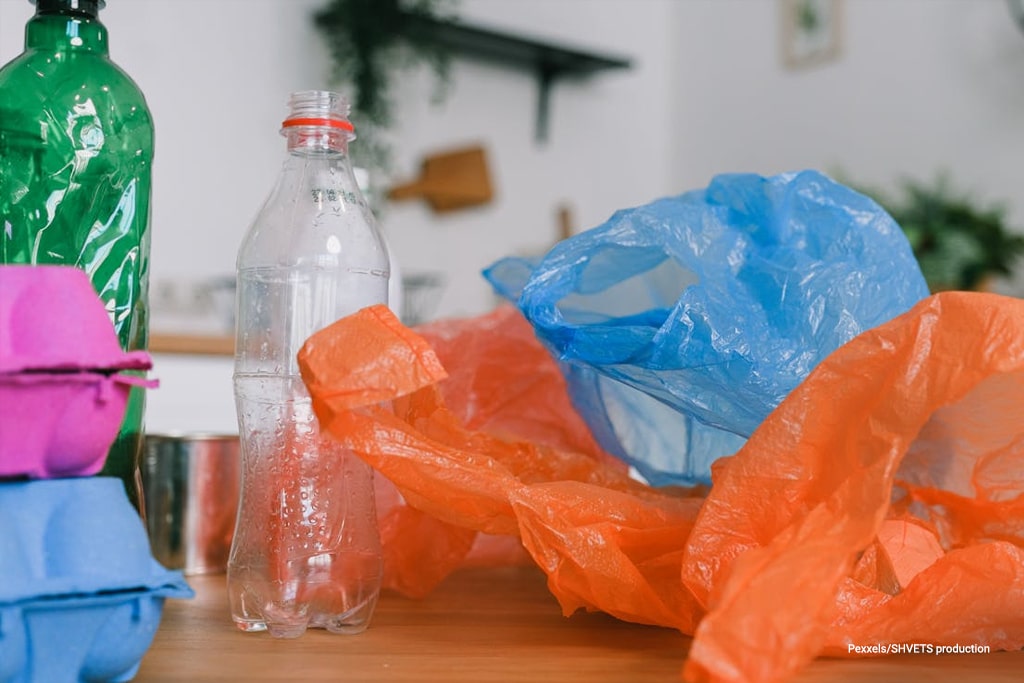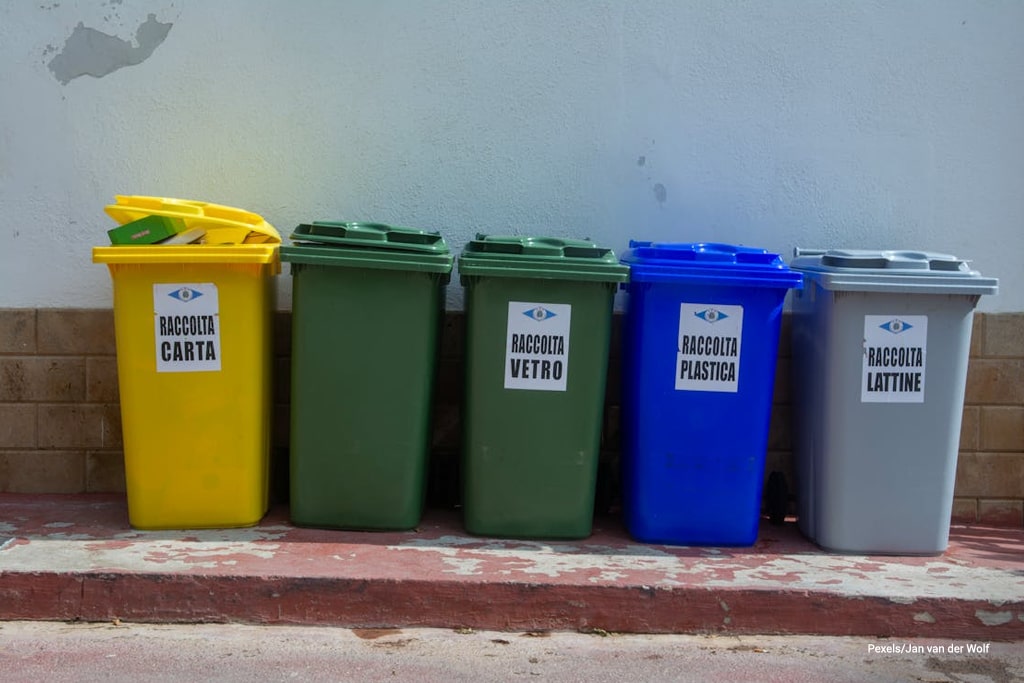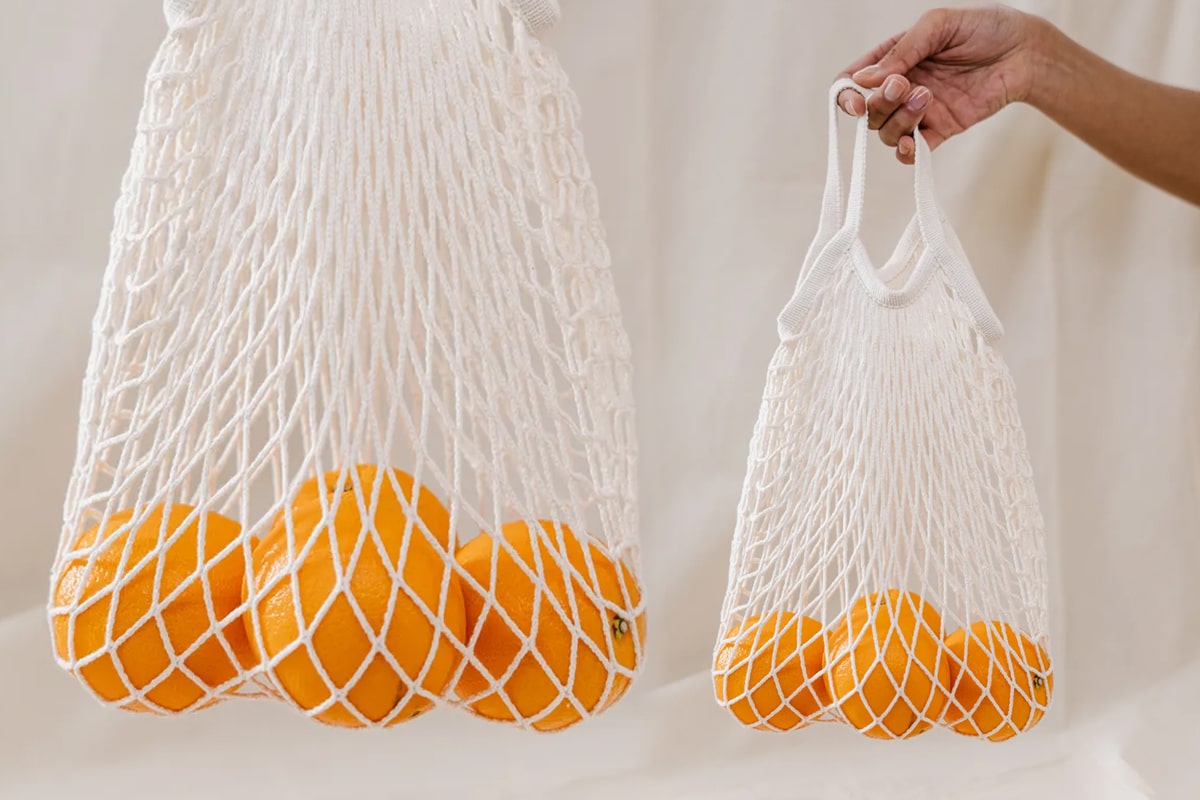- The truth: Each city or community has its own rules about what can be recycled. For example, greasy pizza boxes, plastic bags, and coffee cups with plastic linings often contaminate recycling streams.
- Why it matters: Wishful recycling (also called “wishcycling”) can damage equipment, increase costs, and even cause entire loads of recyclable materials to end up in landfills.
- The truth: Reducing and reusing are more impactful than recycling. For example, reusing a glass jar saves far more energy than recycling it into a new product.
- Why it matters: Over-reliance on recycling creates the illusion that consumption is consequence-free.
- The truth: Only a small fraction of plastic is actually recycled—less than 10% globally. Many plastics degrade in quality during the process, meaning they can only be recycled once or twice before ending up in landfills.
- Why it matters: Believing in the “myth of infinite plastic recycling” allows industries to keep producing single-use plastics instead of moving toward more sustainable solutions.
- The truth: Paper fibers shorten every time they’re recycled, which means new paper (from trees) is still needed to keep the cycle going. Additionally, recycling paper uses water and energy.
- Why it matters: Paper is not infinitely recyclable, and overconsumption still fuels deforestation.
- The truth: Glass is heavy and expensive to transport, so not all facilities recycle it. Aluminum, however, is one of the most successfully recycled materials—but only if it’s properly sorted.
- Why it matters: Without careful sorting, these materials can end up in landfills despite their recyclability.
- The truth: Recycling is just one part of the waste hierarchy. True sustainable living focuses on reducing consumption, reusing items, composting organic waste, and supporting circular economies.
- Why it matters: Relying on recycling as the main solution shifts responsibility away from reducing demand and rethinking our consumer habits.
Recycling has long been seen as the ultimate solution for reducing waste and protecting the planet. While it’s true that recycling plays an important role in sustainability and an eco-friendly lifestyle, many of the things we’ve been taught about recycling are outdated or simply untrue. Believing these myths can actually do more harm than good—undermining efforts toward a truly sustainable lifestyle.
In this post, we’ll uncover common recycling myths that could be hurting the environment and explore better alternatives for sustainable living.
The Truth About Recycling Myths That Damage the Planet
Many of us think recycling always helps the planet, but common myths can actually cause more harm than good. Learn the truth behind recycling misconceptions and discover smarter ways to support sustainability and eco-friendly living.
Myth #1: Everything Can Be Recycled
Many people assume that if an item is made of plastic, paper, or glass, it can go straight into the recycling bin. Unfortunately, that’s not the case.
Sustainable living tip: Learn your local recycling rules and focus on reducing waste in the first place—like bringing reusable bags, cups, and containers.
Myth #2: Recycling Uses Less Energy Than Reducing or Reusing
While recycling does save resources compared to creating new materials, it still requires energy, transportation, and processing.
Eco-friendly living tip: Before tossing something in the bin, ask: Can this item be reused, repurposed, or avoided altogether?
Myth #3: Plastic Recycling Solves the Plastic Problem

Plastics are among the most confusing and misleading materials in recycling.
Sustainability tip: Choose reusable or biodegradable alternatives whenever possible—like cloth bags, stainless steel bottles, and compostable materials.
Myth #4: Recycling Paper Always Saves Trees

Paper recycling is often praised as a way to save forests. While it does reduce the need for virgin pulp, it’s not always as sustainable as it seems.
Sustainable lifestyle tip: Go digital when possible, print less, and choose paper products certified by sustainable forestry organizations.
Myth #5: Glass and Aluminum Are Always Recycled
Many assume that all glass bottles and aluminum cans placed in bins are recycled.
Eco-friendly living tip: Clean containers before recycling, and support local initiatives that promote closed-loop recycling systems.
Myth #6: Recycling Is Enough for a Sustainable Lifestyle
The biggest myth of all is that recycling alone makes us sustainable.
Sustainability tip: Embrace the 5 R’s—Refuse, Reduce, Reuse, Recycle, and Rot (compost).
Recycling and Sustainable Lifestyle

Recycling is valuable, but it’s not the magic fix we’ve been led to believe. Falling for these myths can keep us from making better choices for the planet. By understanding the limits of recycling and embracing a more holistic approach, we can move toward sustainable living that truly supports the environment.
Living an eco-friendly lifestyle means prioritizing reduction, reusing what we have, and supporting sustainable innovations—not just tossing items into the blue bin and hoping for the best.
Together, we can debunk these myths and create habits that genuinely move us toward a greener, more sustainable future.





